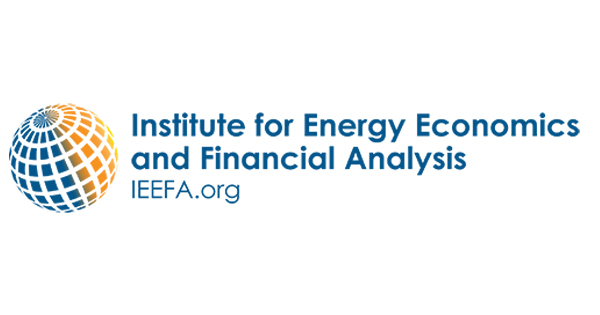Part 2 of 4 Parts (Please read Part 1 first)
Some of the rapid pace of increase in investment in the nuclear sector is explained by its starting point which was virtually zero.
David Schlissel is a director of resource planning analysis at the Institute for Energy Economics and Financial Analysis, a market research firm. He said, “This is still pretty small compared to the private investments in renewables,” like wind and solar, for example.”
The venture market slowed overall in 2022. Nuclear power investment is no exception. Concerns over the war in Ukraine, inflation, a wave of layoffs and hints of a coming recession have made investors nervous in the public and private markets.
Brett Rampal is a nuclear energy expert who evaluates investment opportunities and consults for nuclear startups. He said, “At the beginning of the year, we were looking at a much different financial paradigm for nuclear startups seeking funding. Now, following a war, and inflationary related forces, the fundraising market is just not what it was earlier and that is challenging for everyone seeking funding and support, nuclear or otherwise.”
More than three hundred billion dollars flowed into the venture capital industry in 2021. Rothrock estimates that there will be about one hundred and sixty billion dollars in 2022. According to Rothrock, “I’m sure that some funds that pull back may never come back. But most investors who are putting money into a nuclear company understands that it will not be a quick investment. Entrepreneurs and investors at the level we are talking for nuclear are playing the long game, they have to. These projects will take time to mature and to generate real cash flows.”
The Inflation Reduction Act which was signed by Joe Biden in August included three hundred and sixty-nine billion dollars in funding to help combat climate change. This legislation has given nuclear power investors a very significant positive signal. Rampal said, “The IRA investment and production tax credits are not nuclear specific credits, they’re clean energy credits that nuclear is now considered a part of, and that sends a real important message to people and investors that would consider this space.” According to Rampal, the vote by the European Union in July to keep some specific uses of nuclear energy and natural gas in its taxonomy of sustainable sources of energy in some circumstances also encourages investors.
The nuclear power industry in the U.S. was launched as a government project after the U.S. constructed the first atomic bombs during World War II. In 1951, a nuclear reactor produced electricity for the first time in Idaho at the National Reactor Testing Station which would eventually become the Idaho National Laboratory.
In the 1960s and 1970s, large conglomerates constructed huge nuclear power plants. Almost all of those projects ran over budget. According to a 2011 report from the Congressional Budget Office, “As a consequence, most of the utilities that undertook nuclear projects suffered ratings downgrades—sometimes several downgrades—during the construction phase.”
Generation of electricity in the U.S. peaked around 2012 with one hundred and four operating reactors. This information was provided by the U.S. Energy Information Administration.
Please read Part 3 next
